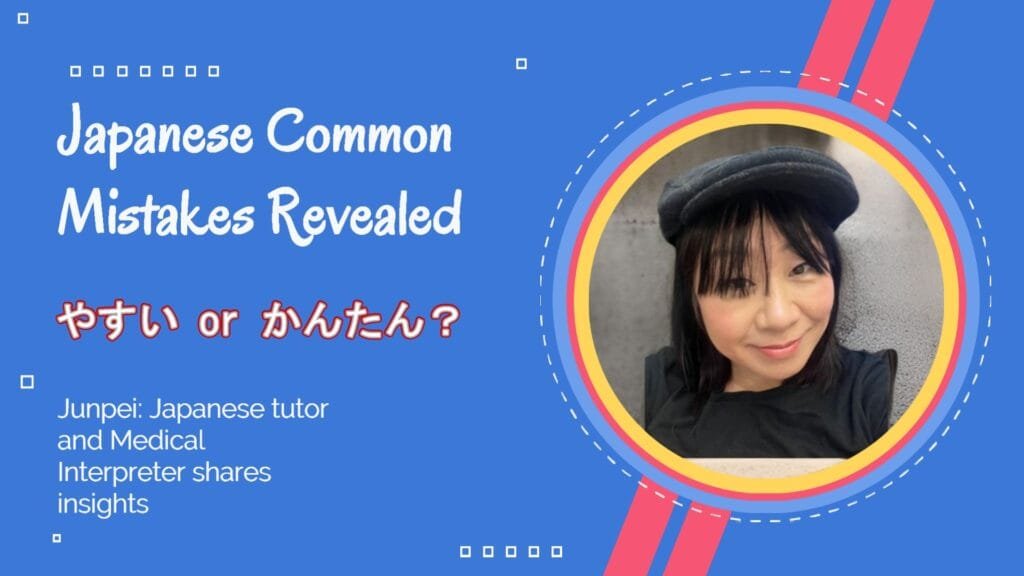Why do you easily use the word ”やすい” to describe ”easy”? やすい or かんたん?
Hi, I’m Junko. I’ve been teaching Japanese for 17 years. Many of my students tend to mix up “やすい” and “かんたん 簡単”. この料理はやすいから、よく作ります。 英語はやすいね。 この問題はやすい。I often wonder why students make this mistake. Japanese learners are taught “やさしい 易しい” to say “easy” early in their studies.日本語は難しいです。(にほんごはむずかしいです。) でも 英語は易しいです。(でもえいごはやさしいです。) Japanese is difficult, but English is easy. In みんなの日本語, you learn “やさしい” in Unit 8 when studying adjectives. “やさしい” is one of many い-adjectives, but “かんたん” is not included in the な-adjectives list.I believe this is where learners start to make mistakes.When we native Japanese speakers convey that something is easy to do, we usually use “かんたん” rather than “やさしい”. *英語は簡単です。(えいごはかんたんです。) *この料理は簡単です。(このりょうりはかんたんです。) *この料理は簡単に作れます。(このりょうりはかんたんにつくれます。=easily) *試験は簡単だった。(しけんはかんたんだった。)I hope you […]
Why do you easily use the word ”やすい” to describe ”easy”? やすい or かんたん? Read More »

